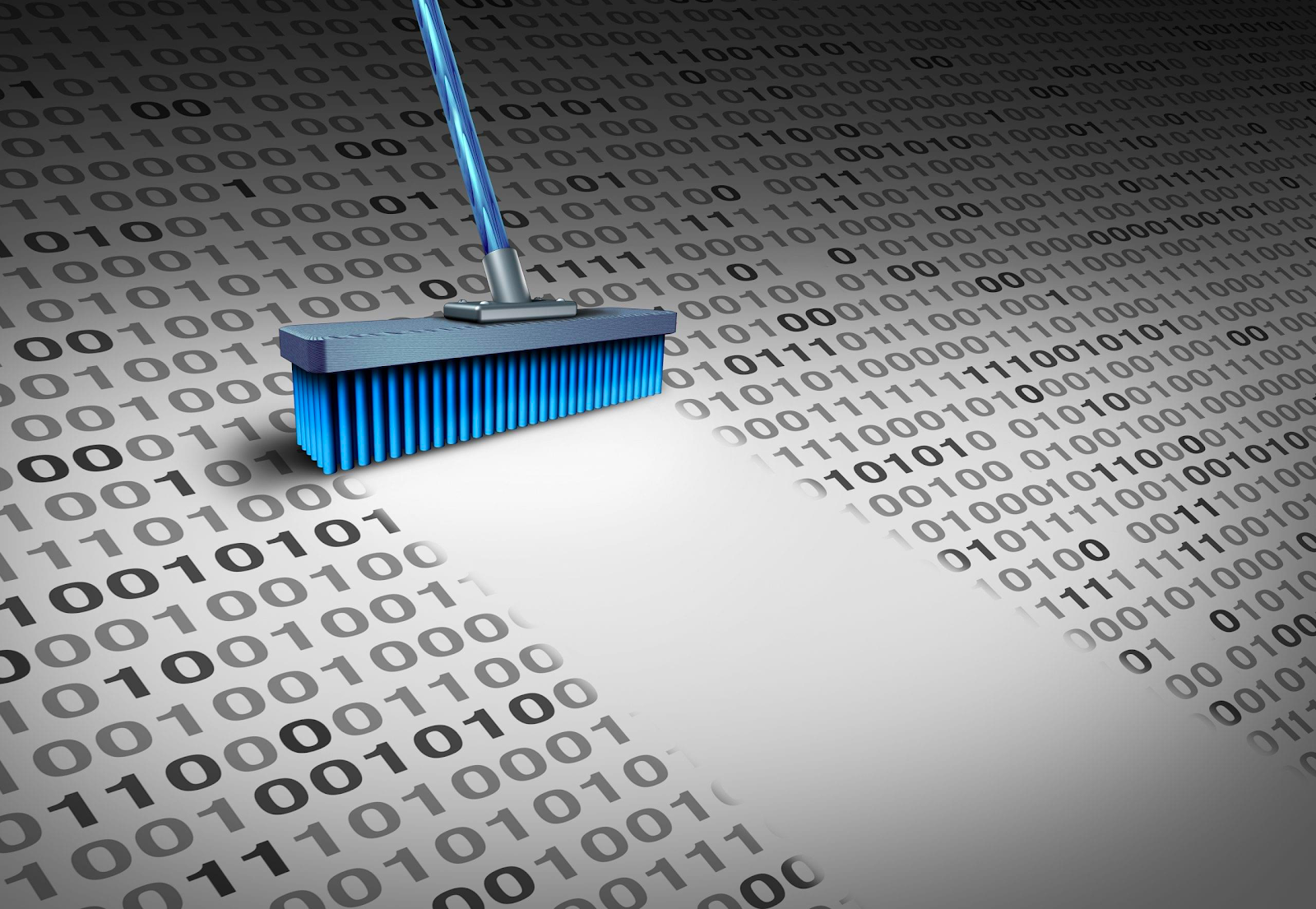The Unsexy Side of AI Jobs: Infrastructure, Cleaning and Portability

Image sourced from TechnologyAdvice.com This week, I read this article in the WSJ: https://www.wsj.com/tech/ai/ai-jobs-demand-tech-layoffs-5b7344c0?mod=Searchresults_pos9&page=1 The article states that AI jobs are in higher demand than other tech jobs, which continue to experience layoffs. This seems to reflect an increased interest from firms in building deep learning algorithms and other AI software to drive decision-making and revenue. The article points out that firms are seeking to find computer scientists who can develop and author these deep-learning applications. What I didn't see was any reference to firms also filling support positions for these applications. Deep learning relies on feeding the AI clean, accurate data on which to learn, and having even more data to test the model, to ensure it works. So not only do firms need big data with which to make ongoing decisions, but they also need large amounts of data to train and refine their AI. All this requires massiv...





